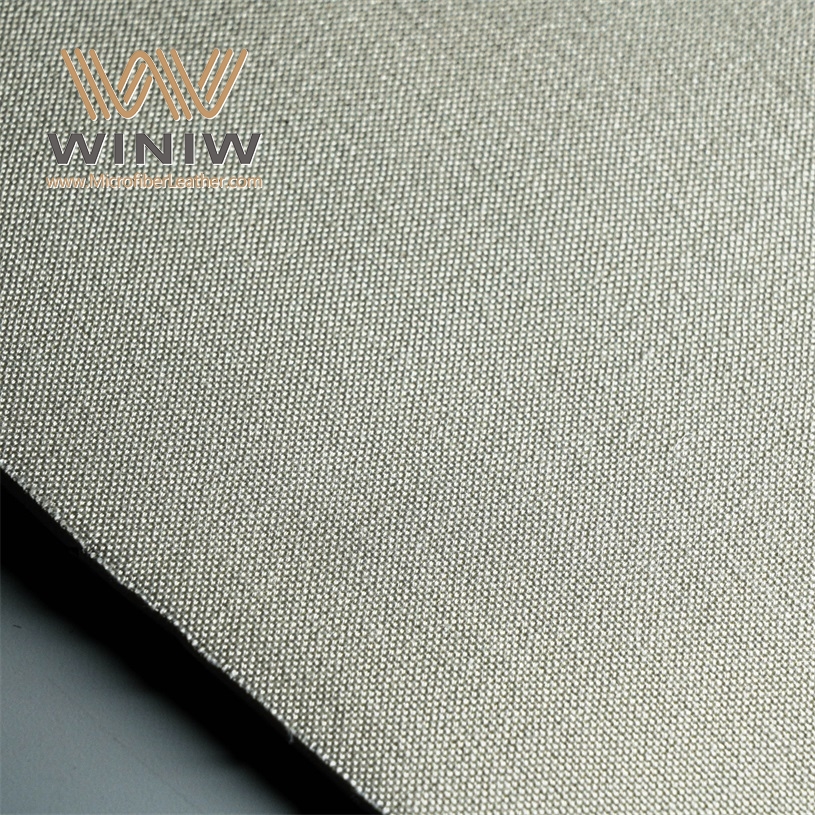
You might see that football synthetic leather stays dry, even in heavy rain. This material has a special coating that stops water from getting in. Pure leather is different because it soaks up water fast. When you play football in the rain, you want a ball that keeps its shape and grip. Dry surfaces help you control passes and shots better. This makes every game smoother and more fun.
Football synthetic leather keeps the ball dry when it rains. This helps players control the ball better in wet games.
Pick synthetic leather because it is strong and easy to care for. It lasts longer and needs less work than real leather.
Synthetic leather footballs always have the same weight and grip. This helps players pass and shoot well, even when it is wet.
Special coatings on synthetic leather push water away. This stops water from soaking in and keeps the ball’s shape and feel.
Choose synthetic leather footballs for eco-friendly reasons. They use fewer animal parts and make less pollution.
Most footballs today use football synthetic leather. This material looks like real leather. Factories make it with special chemicals. The ball feels soft and smooth. It does not let water in. Players can use it in any weather. The ball stays dry every time.
Different materials make football synthetic leather. There are two main types:
Polyurethane (PU): PU gives a soft touch. The ball responds well when you kick it. PU helps the ball last longer. It keeps water out.
Polyvinyl chloride (PVC): PVC costs less. It is strong and tough. You see PVC in training balls. It is good for practice and fun games.
Professional games use PU on the outer cover. Practice balls often use PVC. You can pick a ball that fits your needs.
Football synthetic leather keeps water away. You can play in the rain. The ball stays dry. Scientists test this material in labs. They use different tests:
|
Test Method |
Description |
|---|---|
|
Checks how much water the ball takes in. |
|
|
Optical Contact Angle (OCA) |
Looks at how water sits on the surface. |
|
Sessile Drop Method |
Measures how water touches the ball’s surface. |
Manufacturers also use soaking and dynamic tests. The Bally penetrometer is one example. These tests check water resistance. You get a football that works well in wet weather.
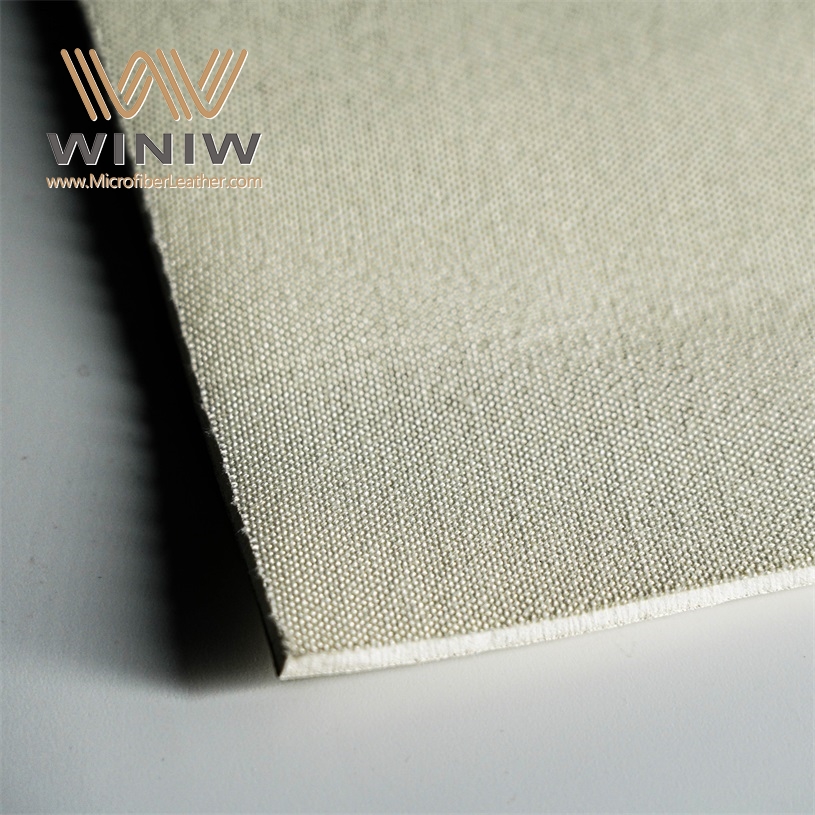
When you pick a football, you see two main choices. One is synthetic leather, and the other is pure leather. Synthetic leather uses things like polyurethane or polyvinyl chloride. Pure leather comes from animal skin. Some footballs use composite leather, which mixes both types. Synthetic leather footballs cost less money. They also use fewer animal parts. Pure leather footballs feel more old-fashioned but need extra care.
Tip: Synthetic leather footballs are made in ways that help the planet. They lower carbon emissions and use less water. Making pure leather uses more land and water. It can also hurt the environment.
You can feel a difference when you touch each football. Synthetic leather feels smooth and soft. It gives you a good grip, even when it is wet. Pure leather feels rich and natural. Many players like the classic feel of pure leather. Synthetic leather stays the same over time. Pure leather can change if it gets wet or dirty.
Synthetic leather footballs do not soak up water. You can play in the rain, and the ball stays dry. Pure leather soaks up water fast. When a pure leather football gets wet, it gets heavy and hard to use. Synthetic leather keeps its weight and shape. This helps you pass and shoot better in any weather.
|
Type of Football |
Durability |
Moisture Resistance |
Care Considerations |
|---|---|---|---|
|
Synthetic Leather |
More durable, affordable |
More moisture-resistant |
Ideal for practice, less care needed |
|
Genuine Leather |
Highest quality, durable |
Less moisture-resistant |
Best for gameplay, requires careful maintenance |
Synthetic leather footballs last longer for practice and games. You do not have to worry about rain or mud. Here are some facts about how long they last:
PU leather is strong but can rip if you do not care for it.
Synthetic leather keeps water out better than pure leather.
How long your football lasts depends on how much you use it and how you store it.
Most footballs last about 1.5 to 2 years. Some pro balls only last a few games. Synthetic leather footballs give you more for your money. Teams and schools pick them for practice because they last longer and need less care.
Note: Synthetic leather footballs are best for practice and fun games. They save you time and money on care.
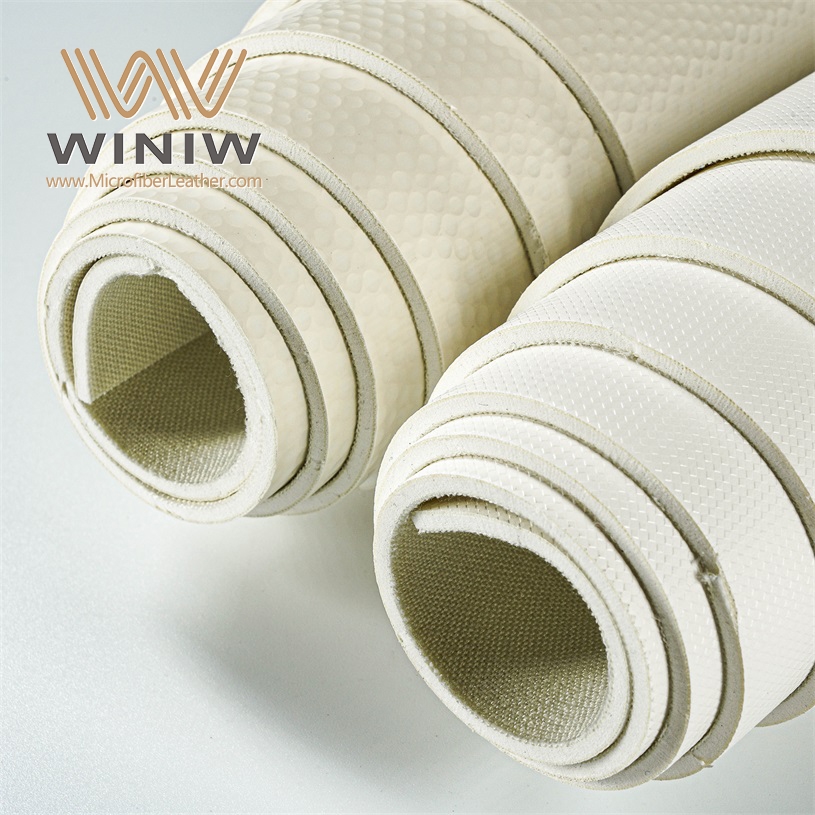
Have you ever wondered why football synthetic leather does not get wet, even in heavy rain? The secret is the special coatings on the outside of the ball. These coatings are put on by manufacturers to keep water out. They make a strong layer that blocks water from getting inside the ball. This layer stops water from changing how the ball feels or how much it weighs.
Here is a table showing the main types of coatings used:
|
Coating Type |
Description |
|---|---|
|
Water-Repellent Coatings |
Create a hydrophobic layer using fluoropolymers or silicones to repel water. |
|
Polyurethane Topcoats |
Improve waterproofness and enhance durability and scratch resistance. |
|
Lamination |
Bonds a waterproof film or membrane to the leather surface. |
|
Thermoplastic Polyurethane (TPU) |
Used in lamination for excellent waterproofness, flexibility, and transparency. |
All these coatings work together to keep the ball dry. Polyurethane topcoats and TPU lamination make the ball stronger and more bendy. Water-repellent coatings use special chemicals. These chemicals make water form drops and roll off the ball. You do not have to worry about the ball getting heavy or soggy when it rains.
Tip: The right coating keeps water out and helps the ball last longer and look nice.
The way football synthetic leather is made also helps it stay dry. The material has a very tight structure that blocks water. Manufacturers treat the surface with water-repellent materials like polyfluoroalkyl polymer resin. This treatment makes a strong shield against water.
The tight structure stops water from getting in.
Polyfluoroalkyl resin makes a shield to keep the ball dry.
The treatment keeps the ball’s color, feel, size, and weight the same, even after rain.
You get a football that feels the same every time you play. The ball does not change shape or get heavier when it gets wet. This means you can trust your passes and shots, no matter the weather.
New ideas have made synthetic leather even better. Companies now use new bio-based materials and water-based polyurethane. These new materials make the ball more water-resistant and help the environment. You get a ball that is strong and good for the planet.
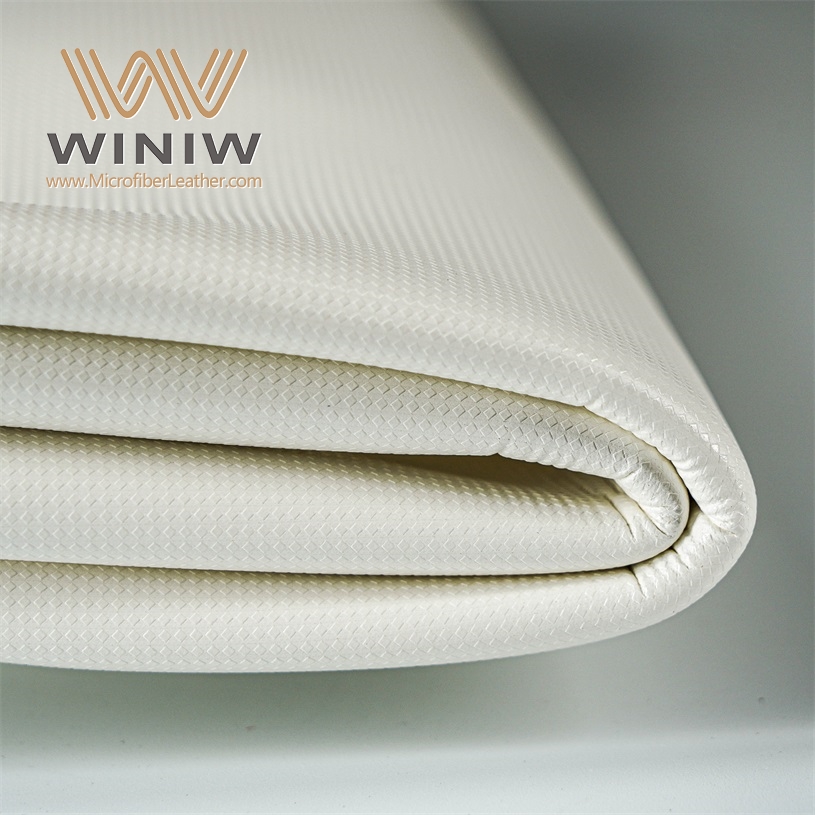
The science behind water repellency explains why football synthetic leather always stays dry. Scientists study how water acts on the ball’s surface. They measure something called the contact angle. If water makes a high contact angle, the surface is hydrophobic and pushes water away.
|
Principle |
Description |
|---|---|
|
Wettability |
Shows how a liquid interacts with a surface, affecting if it spreads or forms droplets. |
|
Contact Angles |
Measures the angle between a water droplet and the surface, showing how much water is repelled. |
|
Omniphobic Properties |
Repels both water and oil, with contact angles greater than 150°. |
|
Surface Treatments |
Physical and chemical changes that lower surface energy, making it harder for water to stick. |
|
Self-Cleaning Properties |
Surfaces with sliding contact angles less than 10° let water wash away dirt easily. |
Tests show that untreated leather has a contact angle of about 79°. This means water can soak in. When a special coating is added, the contact angle goes up to over 160°. Water forms drops and rolls off, taking dirt with it. This keeps the ball clean and dry.
You will see the difference when you play in the rain. Synthetic leather footballs do not soak up water, so they keep the same weight and bounce. Pure leather balls soak up water, get heavy, and lose their shape. The PU and microfiber layers in synthetic leather stop water from getting in. Your ball stays light and easy to control.
Better water repellency also means better grip. Tests show these waterproof coatings give you up to 25% better grip than regular leather. You can hold the ball well, even if your hands are wet. The ball keeps its bounce and flies straight, so your passes and shots stay on target.
Note: Modern synthetic leather footballs use eco-friendly materials and advanced coatings. You get a ball that works well in any weather and helps protect the earth.
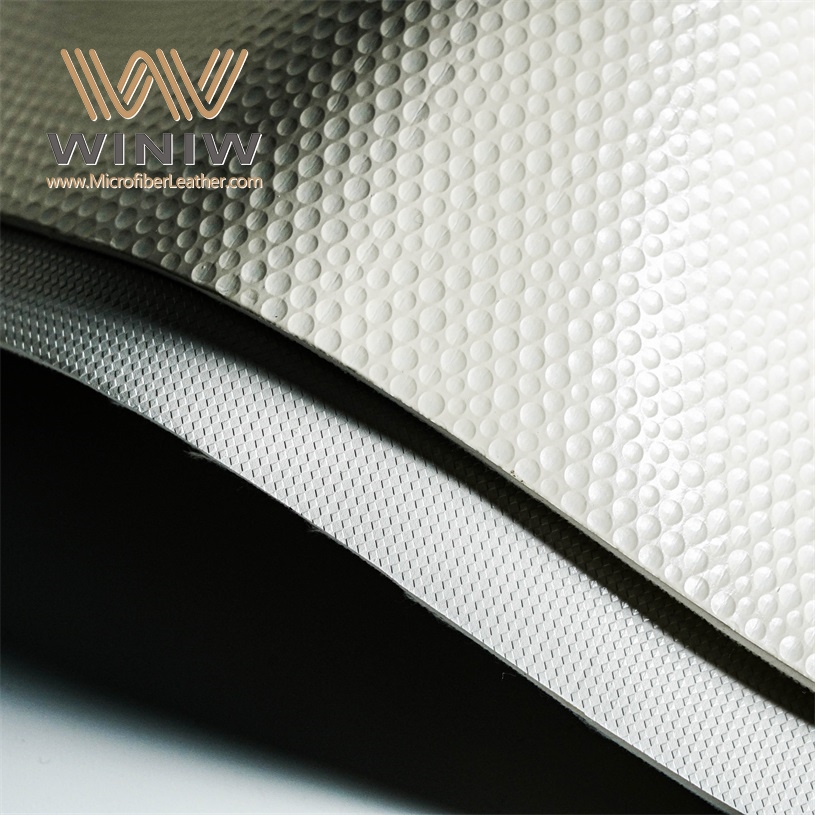
You want your football to feel the same every time you play, even when it rains. Synthetic leather uses high-quality waterproof PU that resists water absorption. This design keeps the ball from getting heavier during wet games. You can trust that the ball will not change weight, so your passes and shots stay accurate. Players and coaches value this feature because it supports steady performance in both practice and matches. When you play in the rain, you do not have to worry about the ball becoming soggy or hard to control.
Rainy weather can make it hard to hold onto the ball. Synthetic leather helps you keep a strong grip, even when the surface is wet. Here are some reasons why you get better grip with synthetic materials:
Synthetic materials do not absorb moisture, so the grip stays reliable in wet conditions.
The ball remains lighter than pure leather, making it easier to handle during rain.
Cleaning synthetic leather is simple, and you do not need special balms or treatments.
You will notice that your hands do not slip as much, and you can throw or kick the ball with confidence. This advantage helps you play your best, no matter the weather.
Synthetic leather footballs save you time and effort. You do not need to spend extra time cleaning or treating the ball after each game. Many coaches and players prefer synthetic leather for these reasons:
|
Advantage |
Description |
|---|---|
|
Water resistance |
Repels water effectively, ensuring consistent play in wet conditions. |
|
Durability |
Resistant to wear and tear, making it ideal for frequent use. |
Synthetic leather does not soak up water, so it dries quickly and stays in good shape. You can wipe it clean with a cloth, and it is ready for the next game. Pure leather needs more care and can get damaged if you leave it wet. User reviews show that synthetic leather dries faster and feels better in the rain. You get a ball that lasts longer and always performs well.
Football synthetic leather works well in the rain. The ball does not soak up water. It keeps its shape every time you play. Experts say synthetic cleats last longer. They work well on wet fields. You do not need to spend much time caring for them. You get to play more games and have more fun. Check the table below to see how each type plays:
|
Type of Football |
Performance in Rain |
|---|---|
|
Pure Leather |
Sticky and easy to hold, some keep out water |
|
Synthetic Leather |
Stops water, but can get slippery when wet |
Pick synthetic leather footballs if you want good play in any weather.
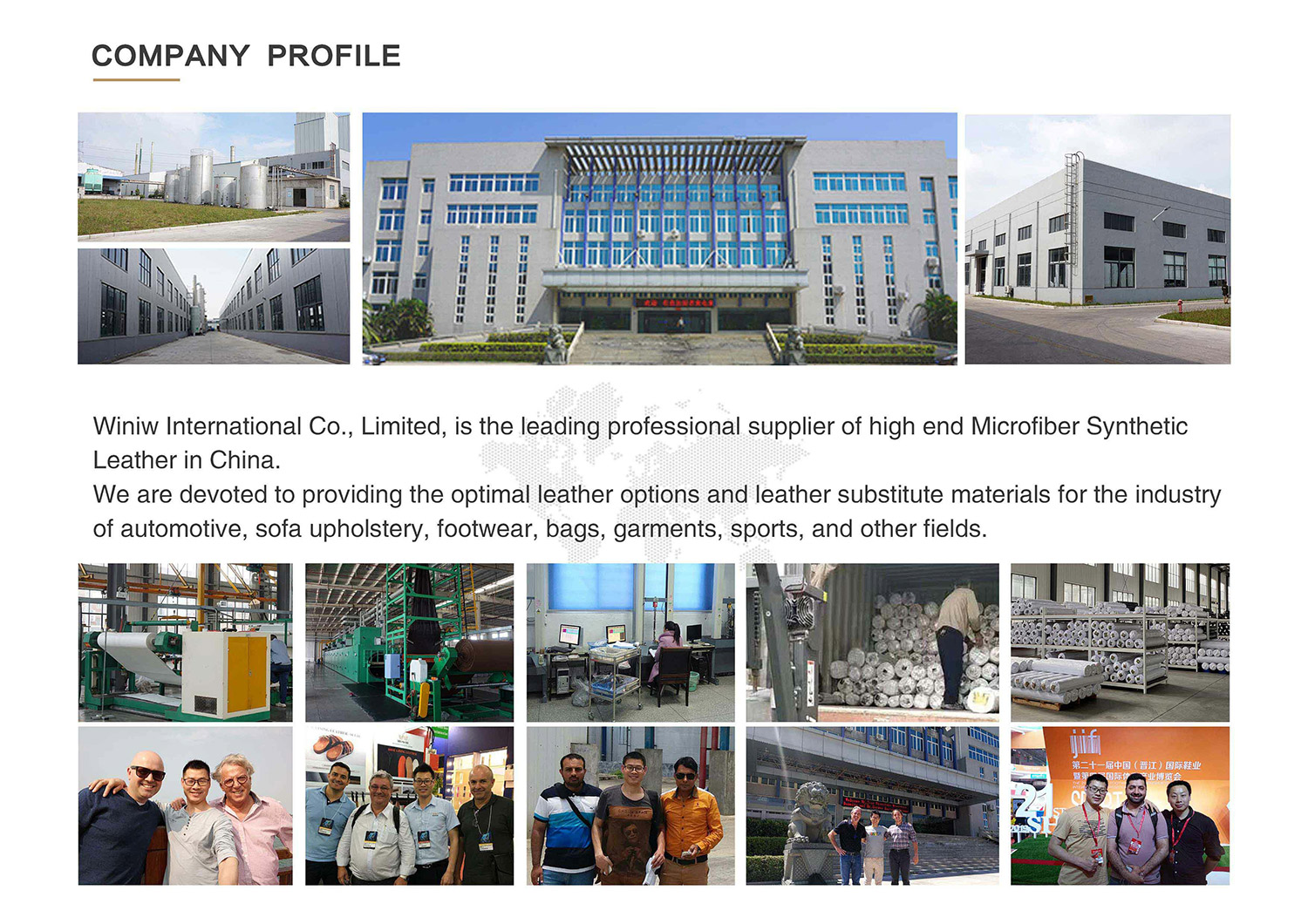
You can use leather footballs in the rain, but they soak up water quickly. The ball gets heavy and hard to control. Synthetic options stay dry and keep their shape, so you get better performance during wet games.
Wipe leather footballs with a damp cloth to remove dirt. Dry them with a towel right away. Do not leave them wet or in direct sunlight. This care helps the ball last longer and keeps it from getting damaged.
Leather footballs feel softer and more natural. They give you a classic touch. Synthetic balls feel smoother and keep the same texture, even after many games. You may notice the difference when you grip or kick each type.
Many professional matches use synthetic balls now. Leather footballs used to be popular, but they need more care and do not stay dry in rain. Synthetic balls offer better water resistance and last longer on wet fields.

Scan to wechat:
